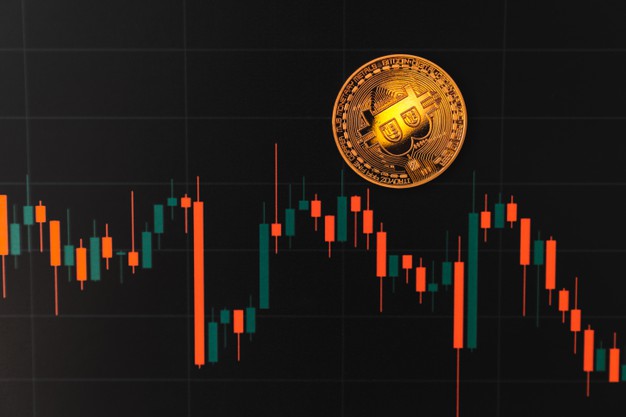The world has seemingly stopped to take a much longer look at Bitcoin and where it may go in the future, but what’s really behind the value of the digital token?
Scraping new heights, never before seen, and rarely believed possible – Bitcoin has once again regained its status as the household name of cryptocurrencies and assets. But as the coin continues to gain value, and new investors begin to scour the internet to find the best Source: freepik.com platforms available, we firmly believe Bitvavo.com is one of them, many begin to question whether or not the latest price jump is just a bubble, or something more?
Understanding the internal and external factors that influence Bitcoin’s price can help better predict future trends and begin to unveil all of the less than nebulous factors that influence the price of this watershed movement. It can also help these newest heights feel a little more stable.
Endogenous Price Influencers of Bitcoin
Supply and Demand
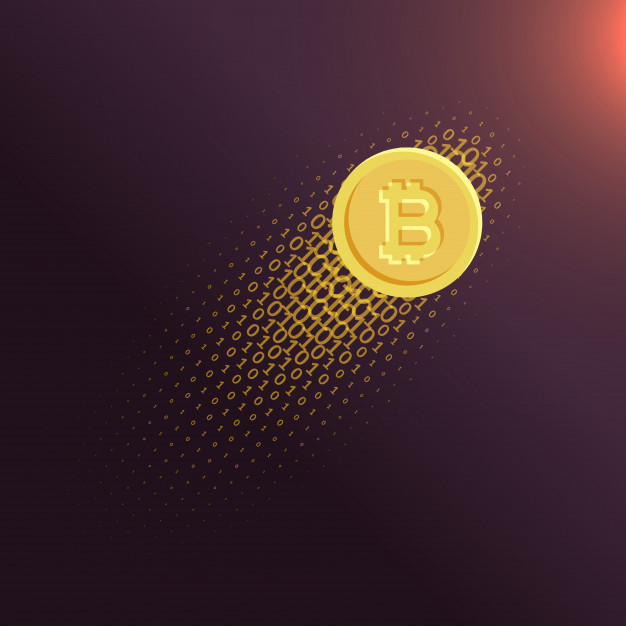
Perhaps one of the most important, if not defining, influencers of Bitcoin’s value come from its finite supply. Like many other commodities on this globe, bitcoin has a limit to how many of them exist. Exactly 21 million to be precise. No more will ever be made, no more will ever be released. Anyone who says otherwise doesn’t seem to understand Bitcoin. While, yes, these 21 million coins are created by specific code, that code cannot be altered. Until the year 2140, Bitcoin miners will be able to continue their toil as they have been, slowly minting and releasing new coins into the market via a block reward. After that point in time, what is in the market will be all that is ever available for trade.
Degree of Difficulty

This process of mining, of minting and releasing new coins through validation of transactions and addition to the public ledger is also something that cannot be sped up or slowed down by much. While more and more miners must compete to add transactions to the blockchain, increasing hash power (and therefore transaction speed and block reward payout), the degree of difficulty– how hard these cryptographic mining equations are to solve– varies depending on the hash power of the network. Moreover, the block reward decreases by half once a certain number of transactions (210,000) have been validated. So, both of these occurrences ensure that not only will bitcoin be able to handle higher volume to a degree, but that the supply doesn’t dwindle at an increasing rate.
Cost of Mining

Mining costs also play a part in how many transactions are validated each day. As cryptographic difficulty increases, the amount of energy and sophistication of hardware demands also increase. Meaning that more and more precise machinery will need to be used, purchased, and created. This results in a very high cost of mining opposed to ever decreasing block rewards. So eventually, mining becomes less cost effective, which will turn some people away from the process– essentially decreasing the hash power, which will in turn decrease the difficulty of the cryptographic equations. This helps to strike an equilibrium in hash power and transaction rate, further stabilizing the release of new Bitcoins and securing a more stable value.
Regulations and Exchanges
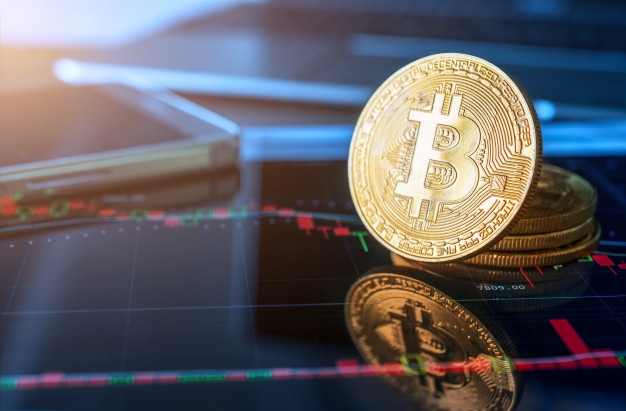
Furthermore, a possibly unanticipated turn of events has also helped to shore the value of Bitcoin, and influence the price of future bitcoin– that is that Bitcoin itself has moved away from being treated as a currency, instead becoming an asset class. Bitcoin becoming a store of value, similar to gold, has helped negate the networks need to meet ever increasing scalability demands, in such that it is rare to conduct microtransactions with Bitcoin. As Victor Laszlo taught us way back in 2010, buying pizza with Bitcoin isn’t exactly the best way to put your coins to work, much like you wouldn’t use gold to buy a soda. This departure from behaving like a currency means that the network won’t really need to scale up, or support billions of small transactions every day, instead creating an ecosystem that is more favorable to investors. Which means that it’s scarcity, and subsequently its value, is protected.
Adoption
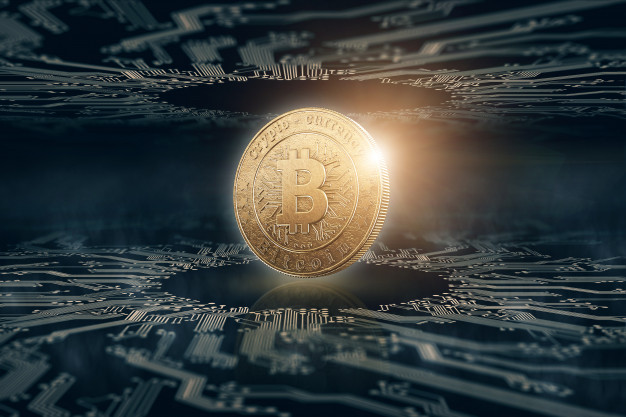
Despite the fact that Bitcoin– the world’s best-known cryptocurrency– is no longer really a currency, a large variety of both institutional and retail investors have begun to place faith in the value of the token as an asset. In fact, Bitcoin has become so delightfully speculative, both retail and institutional adoption has jumped by 6.2% in the US alone last year, with countries like Nigeria showing a 31.9% adoption. And many believe that number will continue to grow. As more investors begin to adopt bitcoin, the price will continue to climb. This is because of the limited supply. The more people that buy and trade Bitcoin, the fewer Bitcoins are available for purchase and trade. Which means the more expensive they will become.
Protocol

Bitcoin’s protocol is another massive protector of Bitcoin’s value, both present and future. The Bitcoin protocol has been steadfast throughout the 12-year history of the coin. While changes have been proposed, and few have been made, most protocol changes have instead led to “hard forks” or the creation of new altcoins– like Bitcoin Cash. So, while scalability and energy concerns may still prevail amongst investors, the Bitcoin network itself understands that it’s the protocol, the one set out by Satoshi Nakamoto themselves, is a huge influencer and protector of Bitcoin’s price
Exogenous Price Influencers of Bitcoin
Politics

While Bitcoin is a fully decentralized asset class– meaning that no one person or organization controls it– it is still influenced by governments, just not in the way you may think. Political climate has been shown to be a massive influencer on the adoption and use of Bitcoin, but opposed to the government controlling the supply of the token, as they do with fiat, instead prices and adoption are seen to increase during times of political instability. If people begin to lose trust in their own national monetary policies, Bitcoin has become the safe haven of choice for personal asset protection.
Public Perception
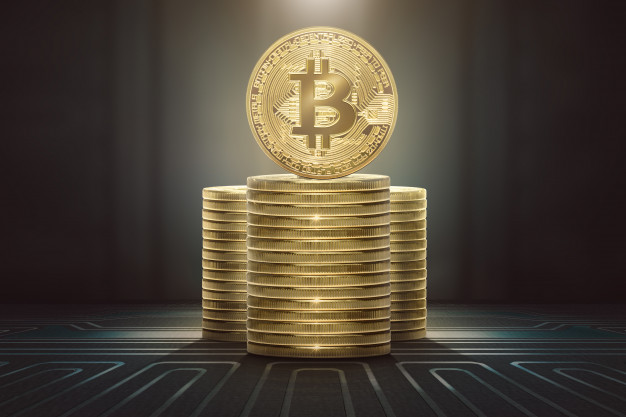
Public perception is a huge influencer of Bitcoin adoption, and therefore Bitcoin price. Social media campaigns, YouTube videos, mainstream media, and celebrities all play an important role in the price influence of bitcoin. Which is why one tweet from Elon Musk can cause the markets to surge, or one scam can cause them to falter. This is a well known phenomena throughout the community, as anyone can easily see if they care to look. During price surges (like the one we see currently) mainstream media will pick up on Bitcoin’s “flaws”– like energy consumption, baseless value, and decentralized authority– in order to try and mitigate price increases through dampening public interest. Manipulating prices right along with it.
Whales
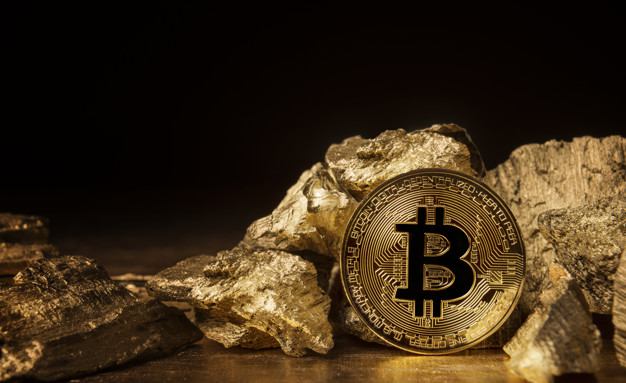
While the market may have begun to belong to retail investors, there are still institutional investors that can (and do) deeply affect the price of Bitcoin. This once again has to do with the available supply of the token. Whales can choose to hold, buy, or sell great portions of market liquidity at any given time, which can then squeeze prices into a more advantageous position for the whales themselves. While, historically, this has largely happened in a beneficial way, as whales used their large stores of Bitcoin in order to protect the asset against devastating devaluation, it does still happen.

